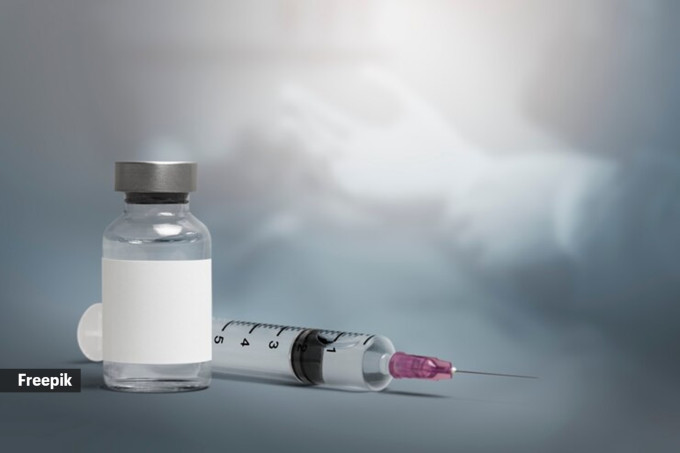Matthew Perry’s death due to overdose leads to several arrests: Here’s when regular ketamine use crosses safe limits
The sudden and tragic death of Friends actor Matthew Perry shocked fans worldwide last year. Known for his long battle with addiction, Perry had reportedly been clean but was treating his depression with ketamine infusion therapy. After he was found dead in his Los Angeles home, an autopsy revealed alarmingly high levels of ketamine in his blood levels — typically used for general anaesthesia.
As the investigation into his death unfolded, it exposed a troubling network of ketamine distribution involving medical professionals, leading to multiple arrests. This raises critical questions about the safety of ketamine, particularly its use beyond medical supervision.

Recommended dosage of ketamine for therapeutic use
Dr Arun Kumar, senior consultant psychiatrist at Cadabams Hospitals, says, “Ketamine, once primarily known as an anaesthetic, has gained recognition for its potential therapeutic uses in mental health, particularly for treatment-resistant depression. However, as with any medication, understanding the proper dosage, potential for misuse, and long-term risks is paramount.”
He adds that the therapeutic dosage of ketamine can vary depending on the specific condition being treated, the individual’s response, and the route of administration (intravenous, intranasal, oral). These are:
Intravenous (IV) Ketamine: The most common route for therapeutic use, IV ketamine is typically administered in sub-anesthetic doses, ranging from 0.5 mg/kg to 1.0 mg/kg of body weight. This allows for the desired dissociative and antidepressant effects while minimising unwanted side effects.
Intranasal Ketamine: This newer method of administration involves using a nasal spray containing esketamine, a purified form of ketamine. The recommended dosage varies depending on the specific formulation, but it’s typically lower than IV ketamine due to differences in absorption.
Oral Ketamine: Oral ketamine is less commonly used in therapeutic settings due to its unpredictable absorption and potential for side effects. However, research is ongoing to explore its potential benefits and optimal dosing.
“Determining the ideal dosage is a collaborative process between the patient and their healthcare provider. It often involves starting with a lower dose and gradually increasing it until the desired therapeutic response is achieved, while carefully monitoring for any side effects,” says Dr Kumar.
 The most common route for therapeutic use, IV ketamine is typically administered in sub-anesthetic doses (Source: Freepik)
The most common route for therapeutic use, IV ketamine is typically administered in sub-anesthetic doses (Source: Freepik)
Early signs that someone might be using ketamine beyond safe limits
While ketamine can be a valuable therapeutic tool when used appropriately, Dr Kumar stresses that it’s important to be aware of the signs of potential misuse or abuse. “Early detection can help prevent escalation and ensure timely intervention.”
| Signs | Symptoms |
| Increased Tolerance | Needing higher doses to achieve the same effects. |
| Withdrawal Symptoms | Experiencing physical or psychological discomfort when not using ketamine, such as anxiety, depression, cravings, or insomnia. |
| Neglecting Responsibilities | Missing work, school, or social engagements due to ketamine use. |
| Relationship Problems | Strained relationships with family and friends due to ketamine use. |
| Financial Difficulties | Spending excessive amounts of money on ketamine. |
| Risky Behaviour | Engaging in risky activities while under the influence of ketamine, such as driving or operating machinery. |
If you or someone you know exhibits these signs, seeking professional help is crucial. Early intervention can prevent addiction and minimise potential harm.
Long-term, high-dose risks and how to mitigate them
While research on the long-term effects of ketamine is ongoing, Dr Kumar says some studies suggest that chronic or high-dose use may be associated with:
-Neurotoxicity: Potential damage to nerve cells in the brain, which could contribute to cognitive impairment.
-Cardiovascular Issues: Possible effects on heart function and blood pressure, particularly in individuals with pre-existing conditions.
-Gastrointestinal Problems: Persistent digestive issues like nausea, vomiting, and abdominal pain.
To mitigate these risks, it’s crucial to:
*Adhere to Prescribed Dosages: Never exceed the recommended dosage provided by your healthcare provider.
*Regular Monitoring: Undergo regular checkups with your doctor to assess any potential side effects and adjust treatment as needed.
📣 For more lifestyle news, click here to join our WhatsApp Channel and also follow us on Instagram
Disclaimer: The copyright of this article belongs to the original author. Reposting this article is solely for the purpose of information dissemination and does not constitute any investment advice. If there is any infringement, please contact us immediately. We will make corrections or deletions as necessary. Thank you.
